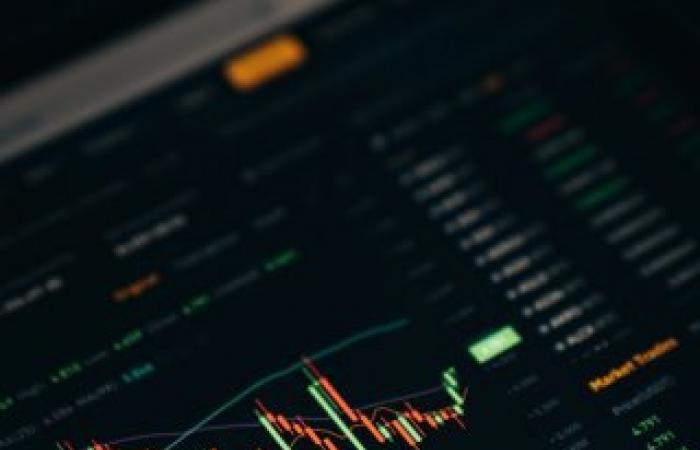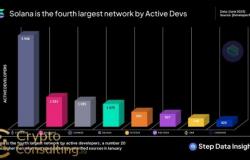Introduction
The stablecoin market exceeded $180 billion in total capitalization in October 2025, representing critical infrastructure for cryptocurrency trading, DeFi protocols, and cross-border payments. This analysis examines the competitive dynamics between market leader Tether (USDT) and its primary challenger Circle (USDC), exploring how evolving regulatory frameworks in the United States and globally are reshaping market share, use cases, and institutional adoption patterns.
Current Market Positioning
Tether (USDT) Dominance: USDT maintains market leadership with $118 billion in circulation (65.5% market share), processing $68 billion in daily trading volume across centralized and decentralized exchanges. Tether's first-mover advantage, established relationships with Asian exchanges, and deployment across 15 blockchains have cemented its position as the dominant trading pair and liquidity vehicle.

USDC Growth Trajectory: Circle's USDC has grown to $42 billion in circulation (23.3% market share), representing 340% growth since December 2022. USDC's regulatory compliance focus, monthly attestation reports, and partnerships with major financial institutions have positioned it as the preferred stablecoin for institutional and U.S.-based users.
Other Competitors: DAI ($6.2B), USDD ($3.8B), and TUSD ($2.1B) collectively represent 11.2% market share, with decentralized stablecoins gaining traction among DeFi protocols seeking censorship-resistant alternatives.
Regulatory Developments and Impact
The stablecoin regulatory landscape transformed significantly in 2025 with the passage of the Payment Stablecoin Act in the U.S. Congress in March 2025. Key provisions include:
Reserve Requirements: Stablecoin issuers must maintain 100% reserves in U.S. Treasury securities, Federal Reserve deposits, or approved cash equivalents. Monthly audits by registered public accounting firms are mandatory.
Federal Licensing: Stablecoin issuers must obtain federal payment stablecoin licenses from the OCC or equivalent state licenses approved by the Federal Reserve. Circle obtained its federal license in May 2025, while Tether continues operating under exemptions for foreign issuers with limited U.S. operations.
Prohibition of Algorithmic Stablecoins: The legislation effectively banned algorithmic stablecoins without full backing, impacting projects attempting to launch Terra-style mechanisms.
European Union's Markets in Crypto-Assets (MiCA) regulation, fully implemented in January 2025, requires stablecoin issuers serving EU customers to obtain e-money institution licenses and maintain 30% of reserves in EU-based banks. Both Tether and Circle secured MiCA compliance by Q2 2025.
Use Case Analysis
Trading and Liquidity: USDT dominates perpetual futures markets with 78% of all crypto-margined contracts using USDT as collateral. This trading dominance creates powerful network effects, as traders prefer assets with maximum liquidity and ubiquitous exchange support.
DeFi Protocols: USDC has captured 58% of stablecoin TVL in DeFi protocols, particularly dominating Ethereum-based lending markets (Aave, Compound) where institutional participants prefer regulatory-compliant assets. USDT maintains stronger presence in cross-chain DeFi on Tron and BNB Chain.
Corporate Treasury and Payments: USDC has secured 84% of corporate treasury stablecoin holdings and 91% of institutional payment flows, reflecting institutional preference for Circle's compliance infrastructure and established relationships with traditional finance.
Emerging Markets Adoption: USDT dominates peer-to-peer markets in Latin America, Africa, and Southeast Asia, where individuals use stablecoins as dollar alternatives amid local currency instability. Tether's presence on Tron (with minimal transaction fees) facilitates micropayments and remittances in these regions.
Transparency and Reserve Auditing
Circle publishes monthly attestation reports from Grant Thornton LLP, providing detailed breakdowns of reserve composition: 81% in U.S. Treasury securities (weighted average maturity of 6.2 months), 14% in Federal Reserve reverse repo agreements, and 5% in cash deposits at regulated U.S. banks.
Tether publishes quarterly attestation reports from BDO Italia, showing reserves consisting of 84.5% in cash equivalents and short-term deposits, 9.2% in U.S. Treasury bills, 4.1% in corporate bonds, and 2.2% in other investments including Bitcoin. Critics continue questioning the "cash equivalents" category's opacity and the quarterly (rather than monthly) reporting cadence.
This transparency differential increasingly influences institutional adoption decisions, with regulated financial entities favoring USDC's more frequent and granular reporting.
Blockchain Distribution Strategy
USDT maintains presence across 15 blockchains including Ethereum ($42B), Tron ($38B), BNB Chain ($12B), Solana ($8B), Avalanche ($6B), and Polygon ($4B). This multi-chain strategy maximizes accessibility and captures users across different ecosystems.
USDC operates on 9 blockchains with heaviest concentration on Ethereum ($28B), followed by Solana ($6B), Arbitrum ($3B), Optimism ($2B), and Polygon ($1.8B). Circle's focus on high-value institutional chains rather than ubiquitous presence reflects its positioning toward quality over quantity.
Yield and DeFi Integration
Circle launched USDC Institutional Yield in August 2025, enabling qualified institutional investors to earn 4.75% APY on USDC holdings through Circle's revenue-sharing from Treasury yields. This product attracted $8.2 billion in deposits within its first 60 days, competing directly with tokenized Treasury products from Ondo Finance and Franklin Templeton.
Tether announced plans to launch a similar yield-bearing product in Q1 2026, though regulatory uncertainty around securities classification may delay implementation. Currently, USDT holders access yields exclusively through DeFi lending protocols, introducing smart contract risks.
Competitive Threats and Market Evolution
Bank-issued stablecoins represent an emerging threat to both USDT and USDC. JPMorgan's JPM Coin processed $1.2 billion daily in Q3 2025 (up 420% YoY), while PayPal USD (PYUSD) reached $2.8 billion in circulation. These bank-backed alternatives appeal to institutions seeking additional regulatory assurance and seamless integration with traditional banking infrastructure.
Central Bank Digital Currencies (CBDCs) may eventually compete with private stablecoins for payment use cases, though current CBDC implementations focus on domestic transactions rather than global crypto trading and DeFi applications where USDT and USDC dominate.
Market Share Projections
Analyst projections suggest USDC will continue gaining market share, potentially reaching 35-40% by late 2026 as regulatory compliance becomes increasingly important for institutional adoption and U.S.-based operations. However, USDT's entrenched position in trading markets, particularly in Asia and emerging economies, suggests it will maintain majority market share (50-55%) through 2026-2027.
The total stablecoin market is projected to reach $280-320 billion by end of 2026, with growth driven by increased institutional adoption, expanded DeFi usage, and traditional finance integration.
Conclusion
The stablecoin market in 2025 reflects a bifurcation between Tether's trading and emerging market dominance versus Circle's institutional and regulatory compliance leadership. As regulatory frameworks mature globally, the competitive balance will likely shift toward issuers demonstrating transparency, strong compliance infrastructure, and partnerships with traditional financial institutions. However, USDT's powerful network effects in trading markets and established presence in regions with limited regulatory enforcement ensure continued market leadership in the near to medium term. Investors and institutions must evaluate stablecoin choices based on their specific use cases: trading liquidity favors USDT, while institutional holdings and compliance-sensitive applications increasingly favor USDC. The market will likely support multiple dominant stablecoins serving different user segments rather than converging on a single winner.






